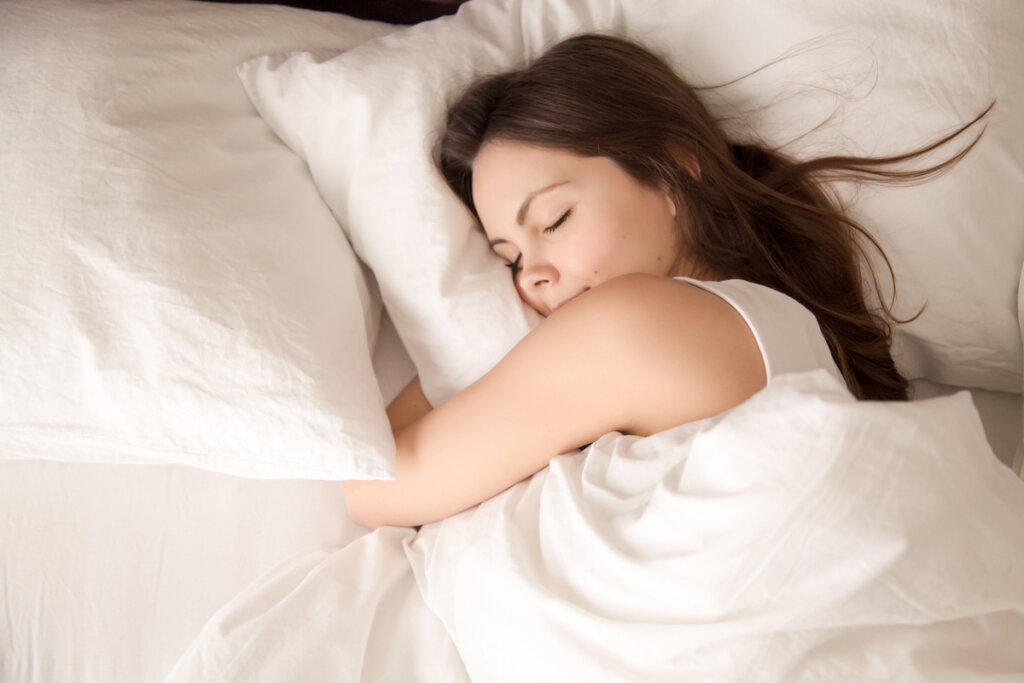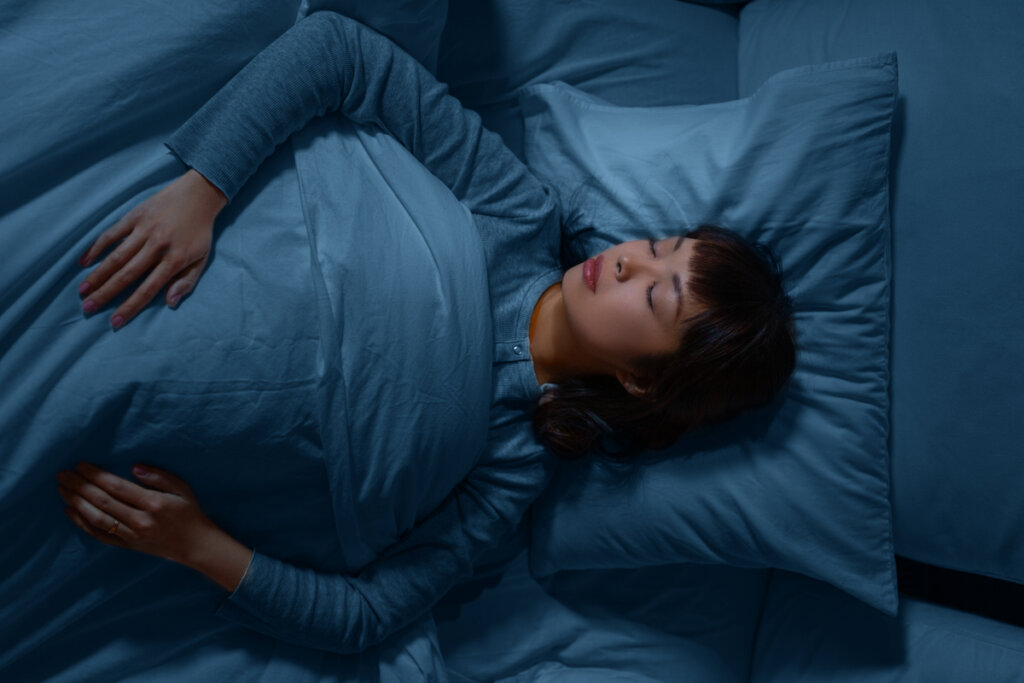How Colors Influence Your Sleep

Being able to have a good night’s sleep is one of the most complex challenges in the modern world. Indeed, the overload of stimuli and the fast-paced rhythm of life make many of us worry about sleeping properly. In fact, hundreds of investigations have investigated the subject. In this article, we’re going to talk about how colors influence sleep.
For years, we’ve known that colors have a direct effect on our emotions, our nervous activation, and even our decisions. Therefore, it follows that sleep would be similarly affected and it’s now known that the colors of a room, and especially its walls, affect the quality of our rest.
Would you like to know what colors are the best if you want to sleep soundly? If you’re thinking of redecorating and would also like to enhance your quality of sleep, you’ll find some useful tips here.
How do colors influence sleep and its quality?

Of all the factors you might consider to ensure quality sleep, you may think that the color of your walls is the most irrelevant. However, bear in mind that the time you spend in your bedroom is influenced by its color.
When it’s time to go to bed, your mood will be affected by the colors around you. Therefore, the colors you observe, either consciously or unconsciously, before going to sleep, will have an effect on you.
Some of them transmit calm and others excitement. For this reason, it’s advisable to take your time choosing them if you want to create the ideal environment for sleeping. Here’s a list of the best and worst colors for inducing feelings of relaxation.
The best colors for sleeping well
Hotels, hostels, hospitals, and other places which provide places for people to sleep are well aware of the importance of the environment at bedtime. In a study published in 2016, researchers discovered that:
- Blue is the most appropriate color and the one which induces the most sleep. It’s the color of the sea and the sky and transmits sensations of peace, shelter, and vastness.
- Yellow promotes rest, but only in light tones. Despite being a warm color, yellow creates a sense of balance, harmony, and joy. However, the tones must be light and slightly saturated, such as pastel yellows.
- Green is another good color for sleeping. It’s directly related to freshness and nature and has a relaxing effect. Again, light shades are recommended.
- White. As well as being a neutral color, it favors concentration and is easily combined with any other colors. It’s associated with peace, cleanliness, and serenity.
We should point out that all these colors should be used in saturated tones to aid restful sleep. If not, they’ll achieve the opposite effect.
Colors that aren’t recommended for promoting sleep
Now that you know a little more about how colors influence your sleep, you can imagine that there are some colors that achieve just the opposite. Here are the most common examples:
- Purple or violet. This color stimulates the mind and creativity. Therefore, it produces a sensation of cognitive activation that’s incompatible with the tranquility necessary to fall asleep.
- Brown. Despite being a color directly associated with nature and the earth, when used in a room it creates a feeling of monotony and restlessness. Also, it’s quite a difficult color to match with others.
- Dark gray. This color is usually associated with asphalt, rain, or cement. It produces feelings of loneliness and sadness that aren’t compatible with good rest.
- Red. It’s an aggressive and striking color and difficult to avoid on a visual level. In fact, it motivates and stimulates the mind. Therefore, if it’s the color you see before going to sleep, you won’t have a good rest.
Color isn’t the only thing that matters

While the color of the walls of your room and the elements that make it up are variables you should always take into account, they’re not the only ones. As a matter of fact, there are other factors you must take into consideration if want to sleep well. For example, you should consider the amount of light that enters your bedroom. Also, your consumption of substances such as caffeine and the undertaking of any physical activities before bed.
Finally, if you’re having trouble sleeping well, you may need to see a medical professional and undergo a sleep study. In fact, it’s worth bearing in mind that many aspects of your health are linked to your rest schedule, so you should take care of it as much as you can.
All cited sources were thoroughly reviewed by our team to ensure their quality, reliability, currency, and validity. The bibliography of this article was considered reliable and of academic or scientific accuracy.
- Costa M, Frumento S, Nese M, Predieri I. Interior Color and Psychological Functioning in a University Residence Hall. Front Psychol. 2018; 9:1580. doi: 10.3389/fpsyg.2018.01580.
- Lee S, Kim D. Effect of Color Light Stimulation Using LED on Sleep Induction Time. J Healthc Eng. 2017: doi 10.1155/2017/6030268.
- Kozaki, T., Kitamura, S., Higashihara, Y., Ishibashi, K., Noguchi, H., & Yasukouchi, A. (2005). Effect of color temperature of light sources on slow-wave sleep. Journal of physiological anthropology and applied human science, 24(2), 183-186.
- Zhang, Z., Wang, H. J., Wang, D. R., Qu, W. M., & Huang, Z. L. (2017). Red light at intensities above 10 lx alters sleep–wake behavior in mice. Light: Science & Applications, 6(5), e16231-e16231.
- Siamionava, K., Slevitch, L., & Tomas, S. R. (2018). Effects of spatial colors on guests’ perceptions of a hotel room. International Journal of Hospitality Management, 70, 85-94.
This text is provided for informational purposes only and does not replace consultation with a professional. If in doubt, consult your specialist.








